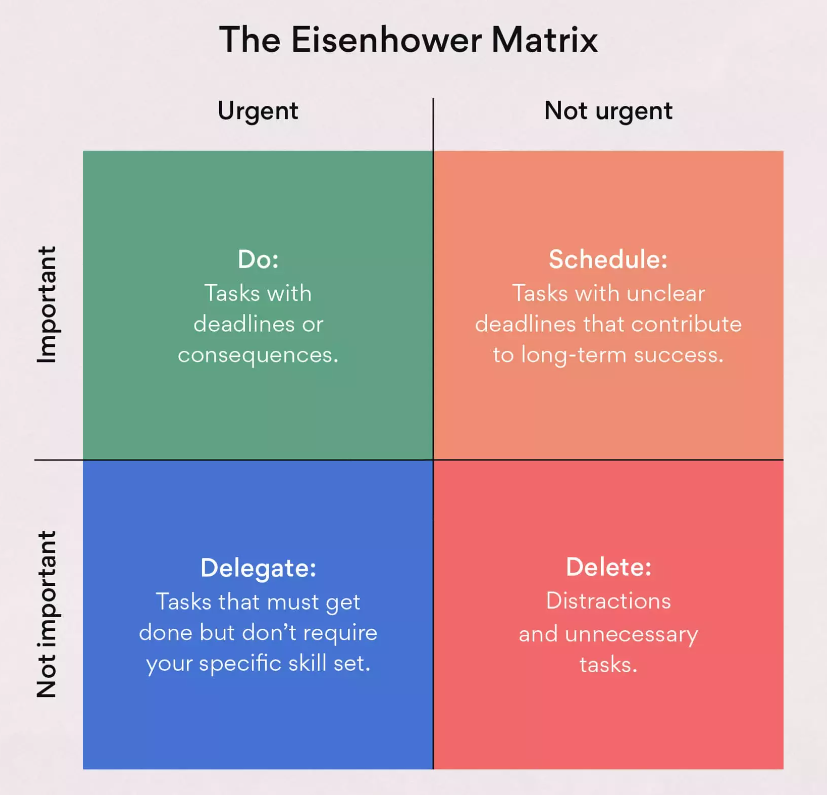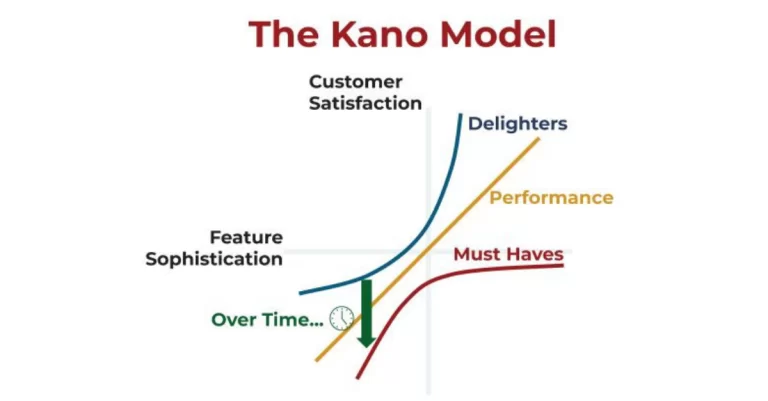In the intricate world of engineering management, where tasks can quickly become overwhelming, effective time management is the linchpin of success. One tool that has stood the test of time in helping professionals prioritize their tasks is the Eisenhower Box, named after Dwight D. Eisenhower, the 34th President of the United States. This article delves into the intricacies of this matrix and its profound impact on productivity.

Understanding the Eisenhower Box
At its core, the Eisenhower Box, also known as the Urgent-Important Matrix, is a visual tool comprising four quadrants that help categorize tasks based on their urgency and importance:
- Urgent and Important: Crisis situations, pressing problems, or deadline-driven projects.
- Not Urgent but Important: Long-term strategic tasks, relationship-building activities, or personal growth endeavors.
- Urgent but Not Important: Interruptions, some emails or meetings, or tasks that can be handled by others.
- Neither Urgent nor Important: Time-wasters, trivial tasks, or activities that offer little to no value.
Implementing the Eisenhower Box in Engineering Management
1. List All Tasks: Begin by jotting down every task, big or small, that’s on your radar. This could range from immediate deliverables to long-term strategic planning.
2. Prioritize: Using the matrix, categorize each task. This step requires introspection. For instance, while a team meeting might seem urgent, is it more important than strategizing for the next quarter?
3. Action Plan:
- Quadrant 1: Address these tasks immediately. They are critical to your role and the project’s success.
- Quadrant 2: Schedule time for these. They are pivotal for long-term success and personal growth.
- Quadrant 3: Consider delegating. Just because it’s urgent doesn’t mean it requires your personal touch.
- Quadrant 4: Reevaluate these tasks. Can they be eliminated or reduced?
The Impact on Engineering Management
- Enhanced Focus: By categorizing tasks, managers can direct their energy towards what truly drives value.
- Delegation: Recognizing tasks that others can handle empowers teams and fosters skill development.
- Strategic Thinking: The matrix encourages managers to think long-term, ensuring alignment with broader organizational goals.
Challenges and Considerations
While the Eisenhower Box is a powerful tool, it’s not without its challenges. The distinction between urgency and importance can sometimes be blurry. Moreover, in the dynamic realm of engineering, priorities can shift rapidly. It’s essential to revisit the matrix regularly and adjust accordingly.
Conclusion
The Eisenhower Box is not just a tool; it’s a philosophy. In the demanding world of engineering management, it offers a beacon, guiding managers to prioritize tasks that truly matter. By internalizing its principles, engineering managers can navigate their roles more effectively, ensuring both immediate results and long-term success.


